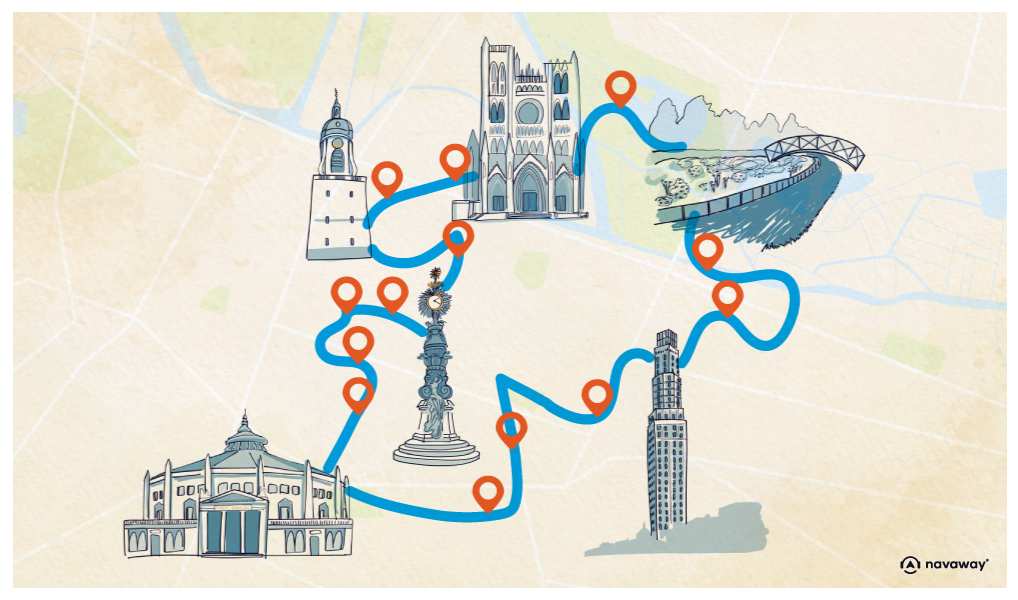
Perret Tower
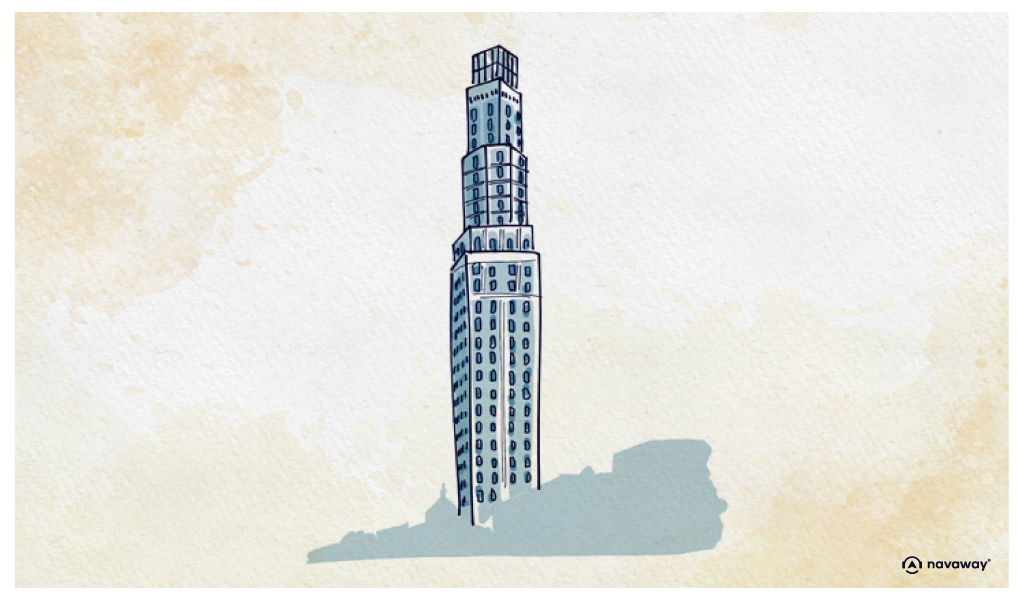
This point of interest is available as audio on the tour: Visit Amiens, Heart of the Somme Valley
You’re now standing in front of one of the most iconic landmarks in Amiens—second only to the cathedral, of course. Soaring 110 metres into the sky, the Perret Tower can be spotted from up to 10 kilometres away! When it was first completed, it was actually considered the tallest skyscraper in France—and even in all of Western Europe. But let’s rewind and start from the beginning. The tower’s construction began in 1949, in the aftermath of World War II. Much of the city had been destroyed during the war, and rebuilding was an urgent priority. Reinforced concrete was chosen for the project: it was affordable, incredibly durable, and completely sealed against the elements—able to withstand weather, natural disasters and even fire. It also made it easier to create buildings in all sorts of shapes. The tower was named after Auguste Perret, one of the first architects to specialize in reinforced concrete. In charge of redesigning the square that once stood here, he decided to build a concrete tower of over 100 metres tall—the first of its kind in France. It took just three years to complete and was hailed as a true architectural breakthrough, even earning the title of Europe’s tallest skyscraper. At the time, it stood at 104 metres and had 29 floors. It was originally meant to house apartments, but locals weren’t thrilled with the idea—partly because of the high prices being advertised, and partly because the design didn’t exactly win everyone over. Back then, Auguste Perret was actually a fairly controversial figure—many other architects criticized or dismissed his concrete-heavy style. For all those reasons, the tower remained empty and unused for years, so much so that there was even talk of tearing it down. It wasn’t until seven years after its completion that an architect from the United States decided to buy the building and convert it into apartments and office spaces. Finally inaugurated in 1960, so that’s fifteen years later, it was officially listed as a historic monument. Take a step back and have a look at the tower’s structure—it’s made up of three distinct sections. The lower part, with its 19 floors, is a standard square-shaped building. Above that, the next five floors shift into a polygonal shape, setting them apart from the base. Then, at the very top, another square section is added. And right at the summit, there’s a glass cube placed like a crown, lighting up the top of the tower at nightfall. Opinions are still divided on whether the tower is beautiful or not—but one thing’s for sure: it remains one of the city’s most iconic buildings. Just behind you stands Amiens station, which was also rebuilt as part of this major project led by Auguste Perret. He never got to see the work begin, though—it started in 1955, a year after his death. The new station opened in 1958, rounding off the architectural ensemble of this area—a powerful symbol of modernity and postwar recovery, in a city that managed to rise again from devastating destruction.


Discover Amiens with app
An interactive guide through the most beautiful streets, squares, and districts
27 fun audioguides full of historical facts, anecdotes, and legends
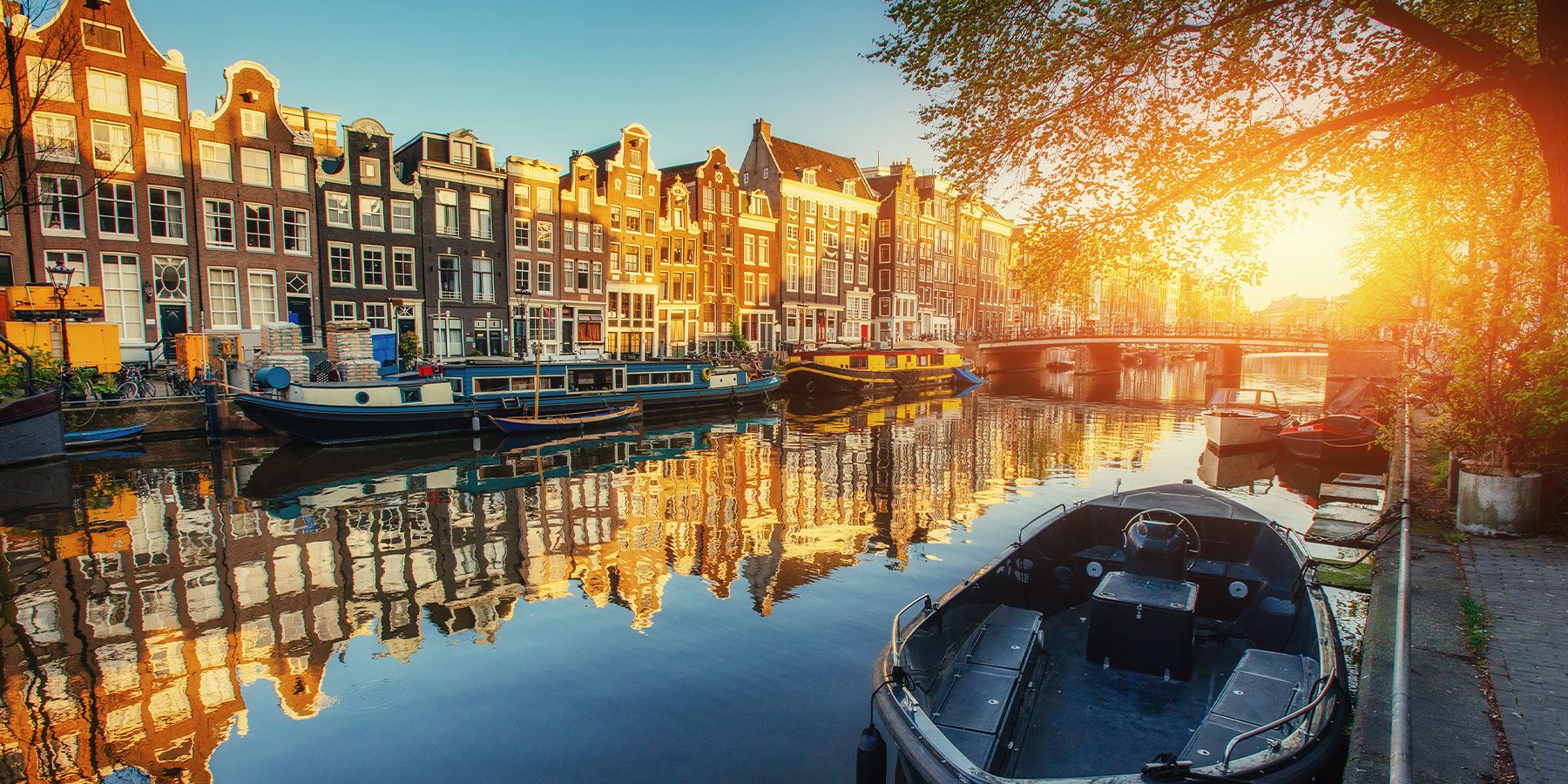
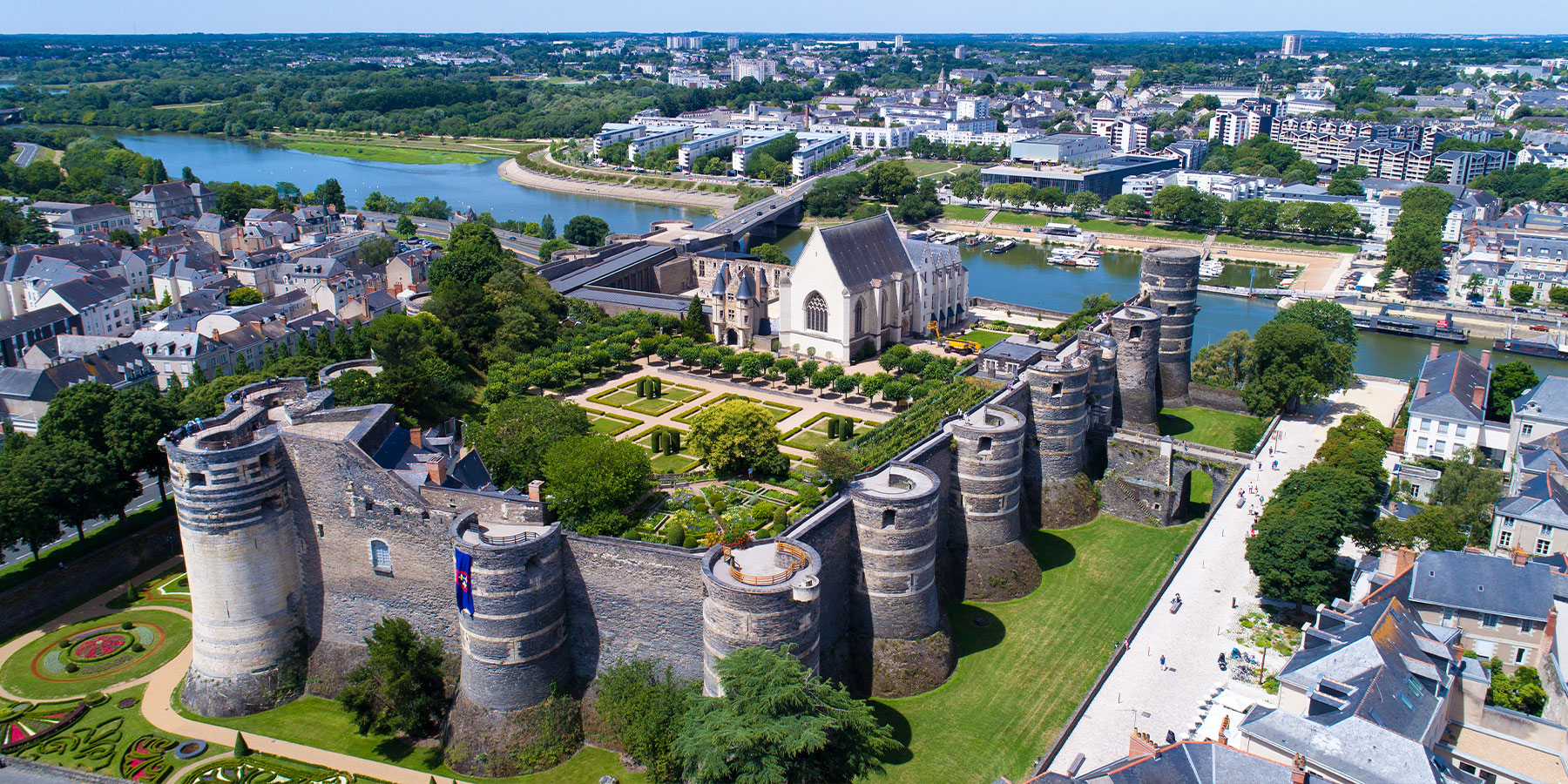
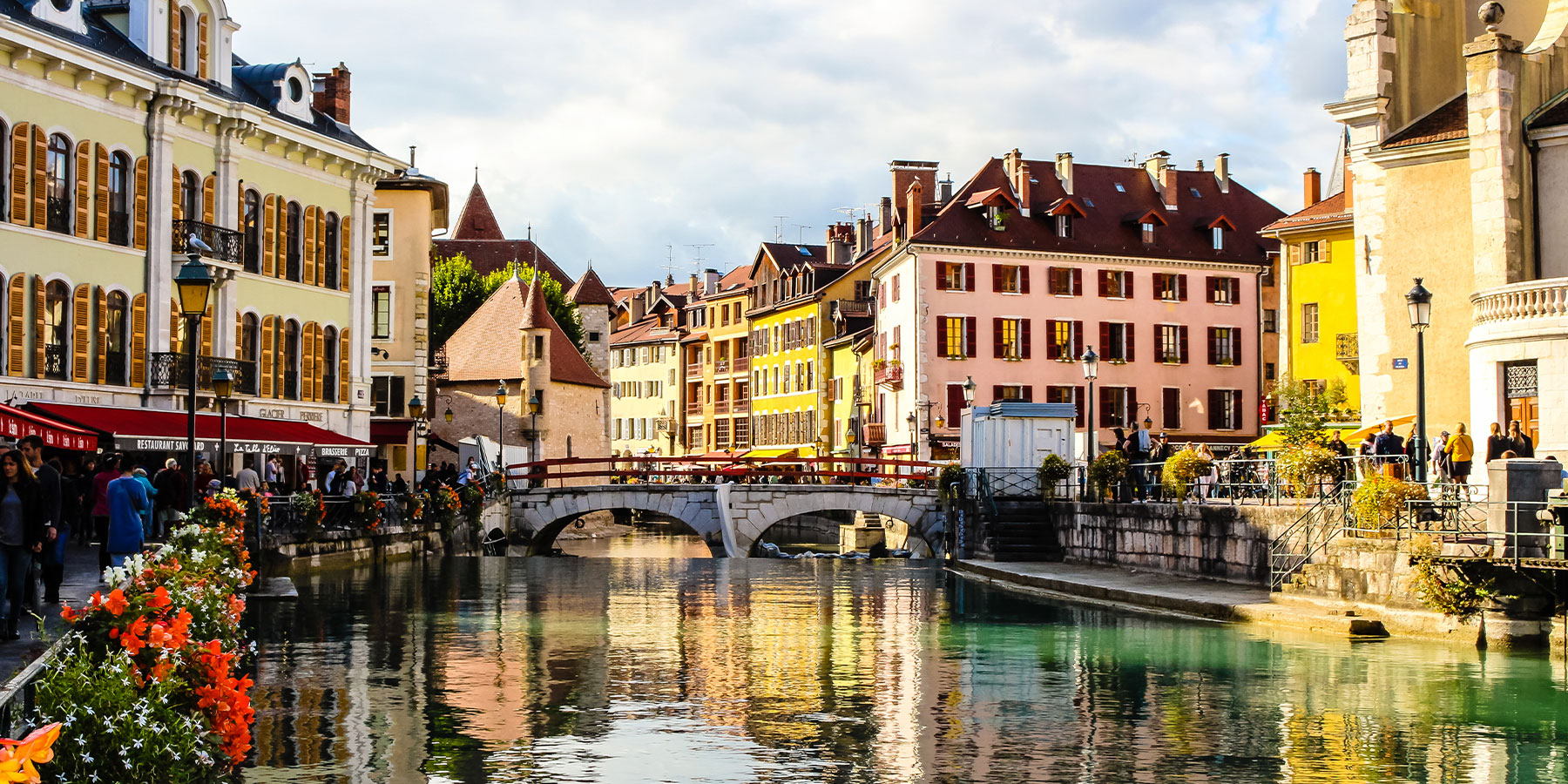


Comments